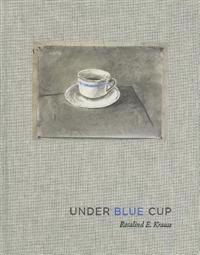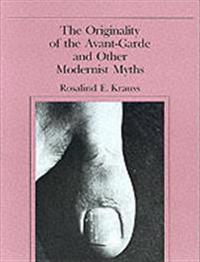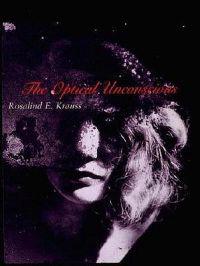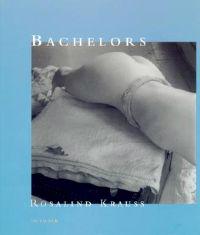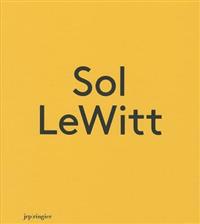Under Blue Cup (Inbunden)
avRosalind E. Krauss
ISBN: 9780262016131 - UTGIVEN: 201110In Under Blue Cup, Rosalind Krauss explores the relation of aesthetic mediums to memory--her own memory having been severely tested by a ruptured aneurysm that temporarily washed away much of her short-term memory. (The title, Under Blue Cup, comes from the legend on a flash card she used as a mnemo[...]
Passages in Modern Sculpture (Pocket)
avRosalind E. Krauss
ISBN: 9780262610339 - UTGIVEN: 1981-02-26Studies major works by important sculptors since Rodin in the light of different approaches to general sculptural issues to reveal the logical progressions from nineteenth-century figurative works to the conceptual work of the present.[...]
The Originality of the Avant-garde and Other Modernist Myths (Häftad)
avRosalind E. Krauss
ISBN: 9780262610469 - UTGIVEN: 198601A collection of essays examining the nature of modern art includes discussions of artists such as Pablo Picasso, Jackson Pollock, and Robert Smithson.[...]
The Optical Unconscious (Häftad)
avRosalind E. Krauss
ISBN: 9780262611053 - UTGIVEN: 199409The Optical Unconscious is a pointed protest against the official story of modernism and against the critical tradition that attempted to define modern art according to certain sacred commandments and self-fulfilling truths. The account of modernism presented here challenges the vaunted principle of[...]
Bachelors (Häftad)
avRosalind E. Krauss
ISBN: 9780262611657 - UTGIVEN: 200010Since the 1970s Rosalind Krauss has been exploring the art of painters, sculptors, and photographers, examining the intersection of these artists concerns with the major currents of postwar visual culture: the question of the commodity, the status of the subject, issues of representation and abstrac[...]
Sol LeWitt (Inbunden)
avBeatrice Gross, Lucy R. Lippard, Rosalind E. Krauss
ISBN: 9783037643068 - UTGIVEN: 201211In his 1967 "Paragraphs on Conceptual Art," Sol LeWitt set out the fundamental principle of his artistic practice: "In conceptual art the idea or concept is the most important aspect of the work.... The idea becomes a machine that makes the art." From the first wall drawing in 1968 until his death i[...]

